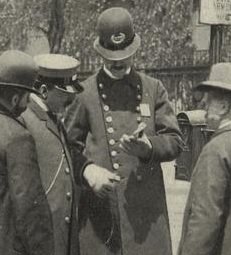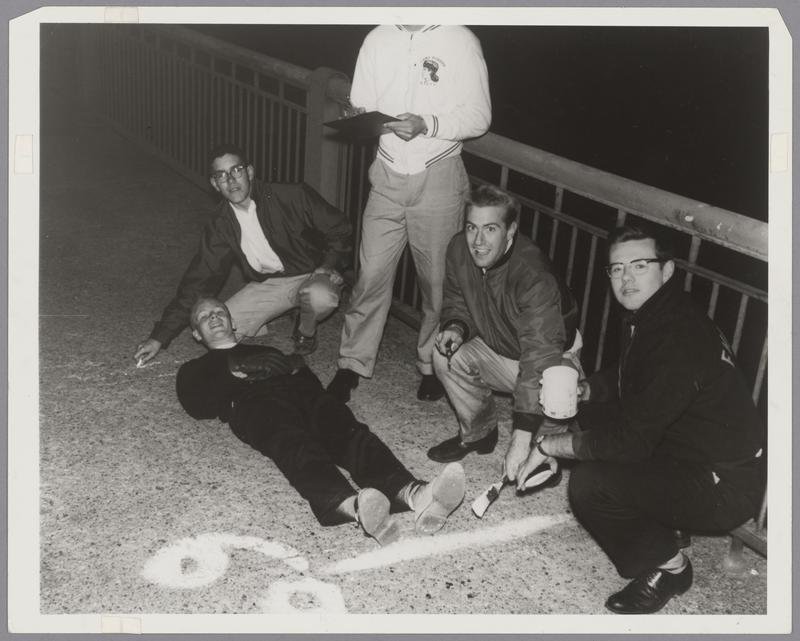3 December 2025
Ok Boomer is a dismissive reply by a young person directed at a Baby Boomer (or Gen Xer—the traditional generational boundaries are not always observed in the wild). The phrase is rather disrespectful of their elders, but after years of being blamed for not getting “real” jobs when the only available ones are at Starbucks or driving for Uber; for not buying houses while being saddled with crippling, student-loan debt; for the demise of various and sundry industries because they spend what little money they have on avocado toast; and for being selfish and self-absorbed while dying on foreign battlefields in the longest wars in America’s history, which were, incidentally, started by Baby Boomers, can one really fault Millennials and Gen Zers for being dismissive? OK Boomer, in two words, sums up the sentiment that Boomers have been a privileged and coddled generation who never faced tough times like today’s younger generations do and are thus out of touch and not worth listening to.
(Full disclosure: I’m a Boomer. But having been born in 1963, at the tail-end of the generation, I identify more with Gen Xers.)
Like most such memes and slang, finding the exact origin is impossible. The earliest usage I’m aware of is from 2 September 2015 when the following exchange between anonymous poster appeared on 4chan:
Who else cucked by student loans here? Pls no shitposting, Eurofriends
Maybe you should have gone to a school within your means and worked to support yourself
Lol ok boomer :)
After this, the phrase appeared sporadically on various internet discussion boards and social media until 14 January 2019 when an anonymous meme creator uploaded a meme that paired the phrase with the iconic Doge image (see the above image).
The phrase got its first entry in Urbandictionary.com on 17 September 2019:
Ok boomer
When a baby boomer says some dumb shit and you can't even begin to explain why he's wrong because that would be deconstructing decades of misinformation and ignorance so you just brush it off and say okay.
Boomer: Kids nowadays are so allergic back in my day we just ate bees and wiped our asses with poison ivy.
Non-boomer: Ok boomer
One can still hear the phrase, but its incidence of use dropped precipitously after 2020.
Sources:
Anonymous. 4chan/r9k/, 2 September 2015. Desuarchive.org.
Davies, Mark. Corpus of News on the Web (NOW), accessed 4 November 2025.
Sami Nozomi and LiterallyAustin. “OK Boomer.” Knowyourmeme.com, 30 December 2024.
Urbandictionary.com, 17 September 2019, s.v. Ok boomer.







